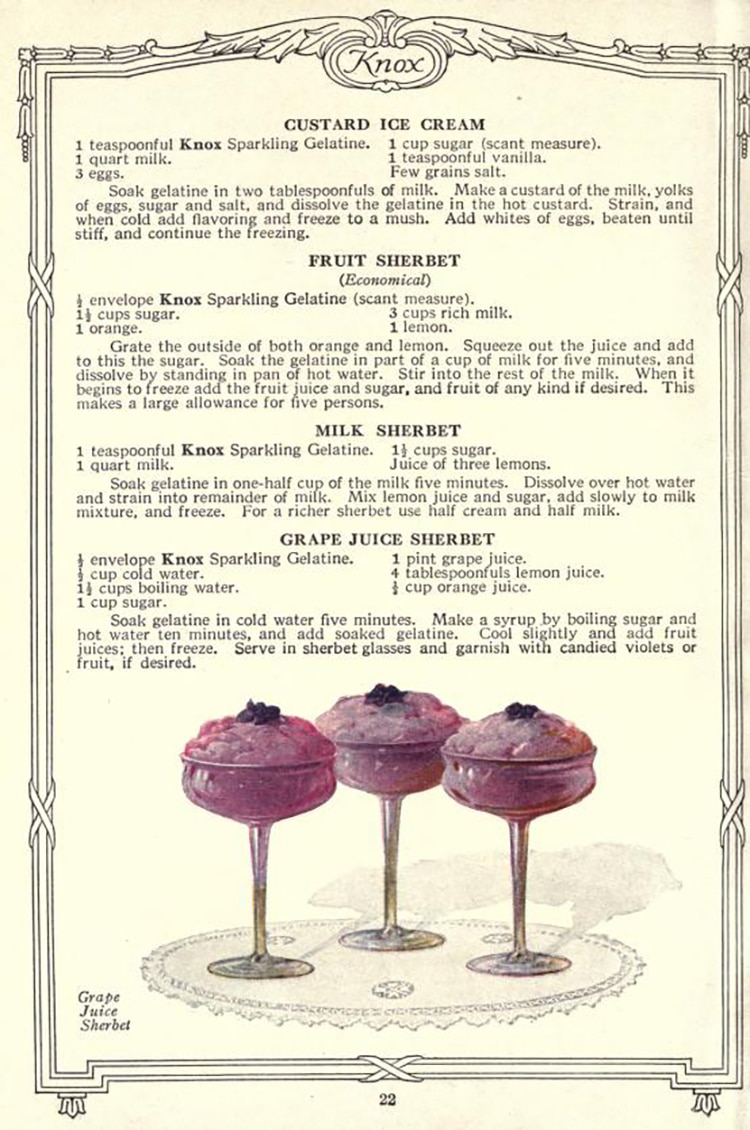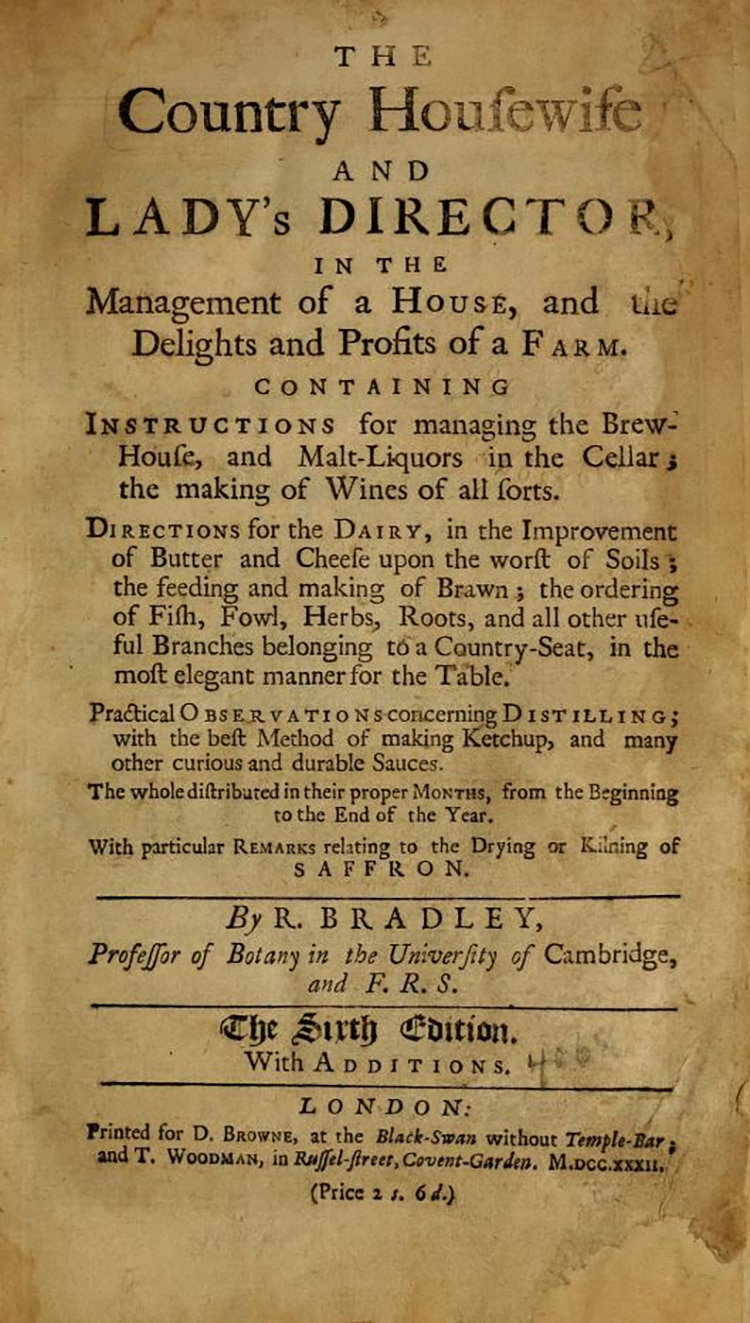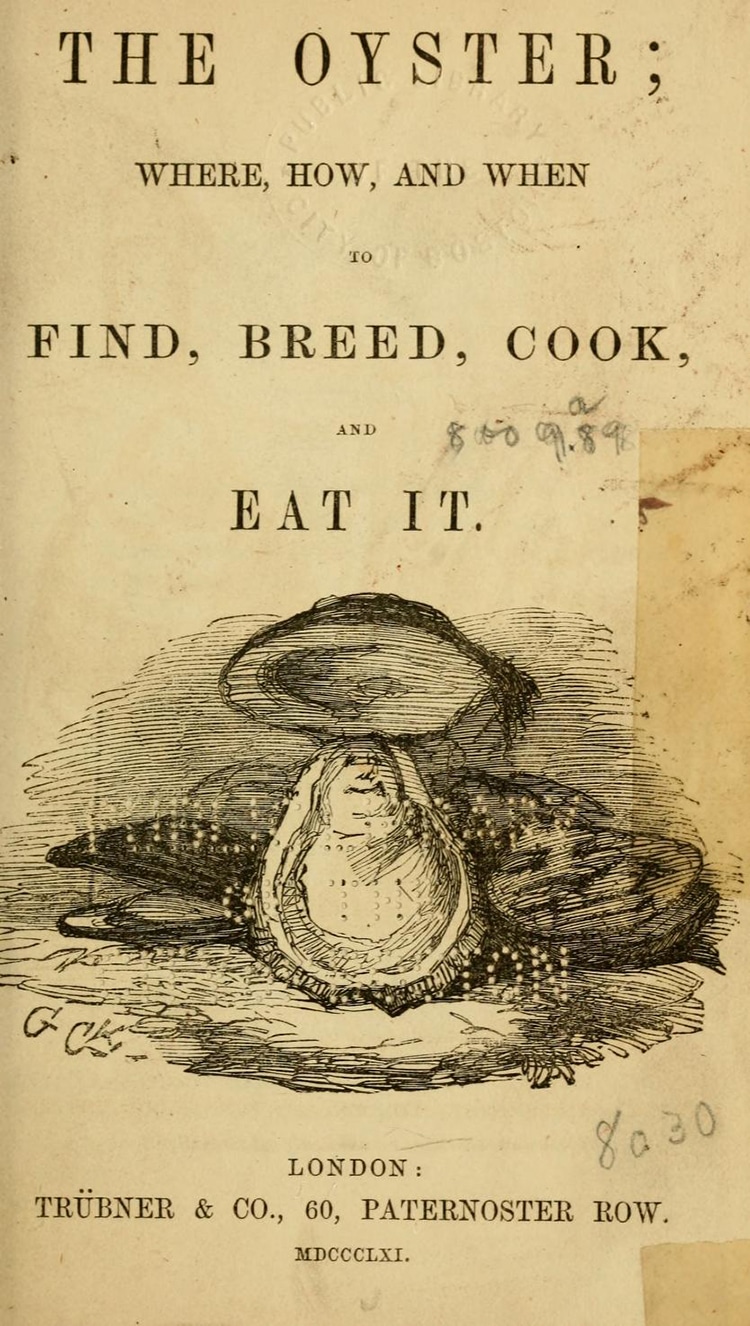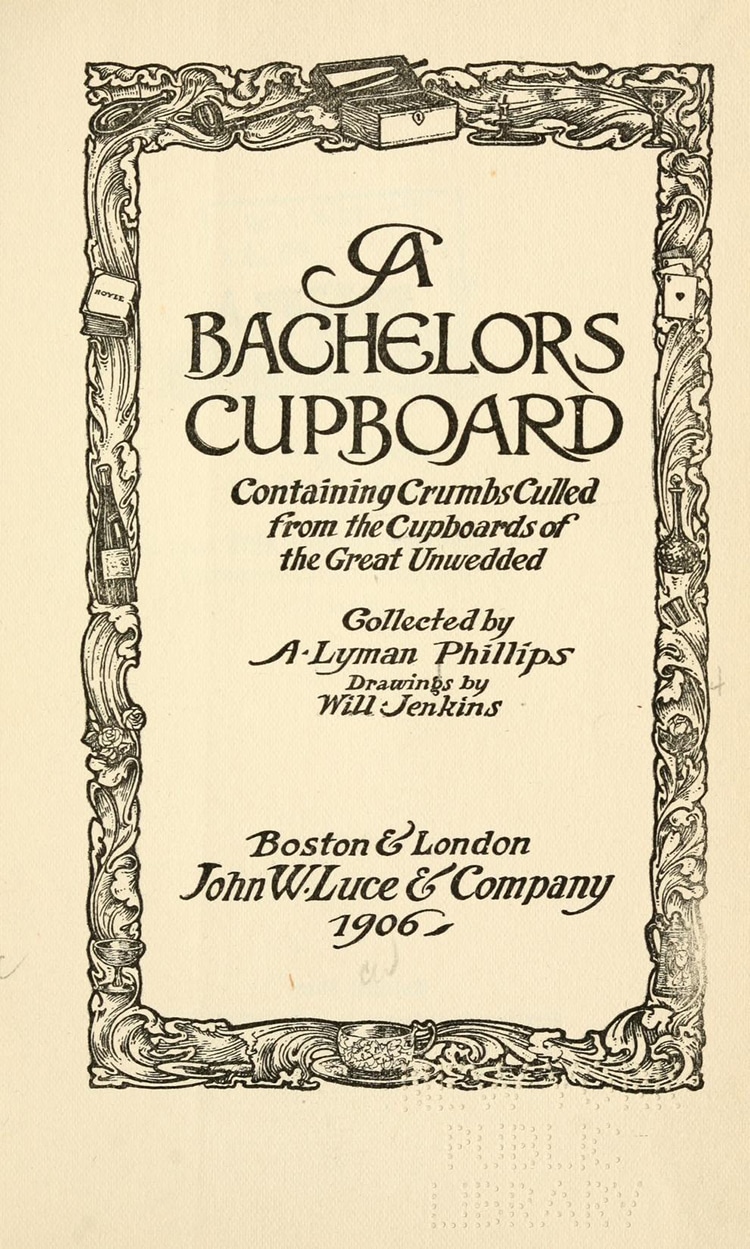Courtesy of the University of California Libraries.
(Photo:Cookbooks and Home Economics / Internet Archives)
Not sure what to make for dinner tonight?
Aspiring chefs or weary home cooks can find inspiration in recipes of the American past.

Recipes from “Dainty Desserts for Dainty People: Knox Gelatine,” by Charles K. Knox Co., published c. 1915. Courtesy of the University of California Libraries. (Photo:Cookbooks and Home Economics / Internet Archives)
Over 10,000 historic cookbooks are now available in theCookbooks and Home Economicscollection of theInternet Archive.
Throughout the cookbook collection, influences of diverse global cultures can be seen in recipes.
So, too, can prejudice and racism.

“The country housewife and lady’s director, in the management of a house, and the delights and profits of a farm…,” by Richard Bradley, published 1732, London. Courtesy of the Boston Public Library. (Photo:Cookbooks and Home Economics / Internet Archives)
These historic cookbooks are important documents for tracing the inclusion and exclusion of marginalized peoples from American identities.
If you would like to explore the Cookbooks and Home Economics collection, check out theInternet Archive.
Over 10,000 scans of historic cookbooks are available for free on theInternet Archive.

“The oyster; where, how and when to find, breed, cook and eat it..”, by Eustace Murray, published 1861. Courtesy of the Boston Public Library. (Photo:Cookbooks and Home Economics / Internet Archives)
Courtesy of the Boston Public Library.
Courtesy of the Boston Public Library.
Courtesy of the New York Public Library.

“A Bachelors Cupboard; containing crumbs culled from the cupboards of the great unwedded,” by A. Lyman Phillips, published 1906. Courtesy of the New York Public Library. (Photo:Cookbooks and Home Economics / Internet Archives)
The Bride’s Cook Book, by Edgar William Briggs, published circa 1918.
Courtesy of the University of California Libraries.

“The Bride’s Cook Book,” by Edgar William Briggs, published circa 1918. Courtesy of the University of California Libraries. (Photo:Cookbooks and Home Economics / Internet Archives)